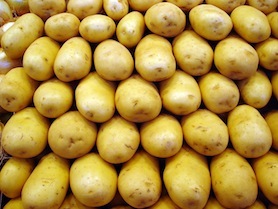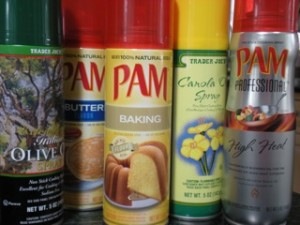 What are those green things?
What are those green things?
In the midst of a cooking blitz you decide to make real mashed potatoes rather than using the pre-made kind. You’re peeling away and there they are – those little green things visible in the potato skin. What to do: chuck the whole potato, pretend they’re not there, or cut them out? If you choose the third option, cut them out, you have grabbed the brass ring. Those green spots indicate natural toxic compounds, glycoalkaloids (GA), natural plant built-ins to guard against disease and insects.
Are they friendly or not?
Although spuds always contain GAs, eating large amounts of them can trigger abdominal pain, nausea, vomiting, dizziness, headaches, confusion, and hallucinations, all symptoms of toxicity. GAs aren’t destroyed by cooking but because the green spots lie just below the potato skin you can cut away any green making the potato safe to eat. Chips and fries that are peeled before cooking are usually low on the GA meter.
Beware: fried potato skins can be bad news, one report found up to seven times the safe limit of GAs in restaurant fried potato skins.
SocialDieter Tip:
Cut the green out of spuds before cooking; if there’s a lot of green, toss the potato; be extra careful of potato skins regardless of the method of preparation. (Environmental Nutrition, 8/08, p. 7)



